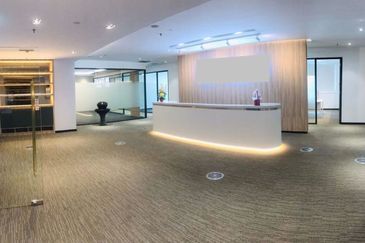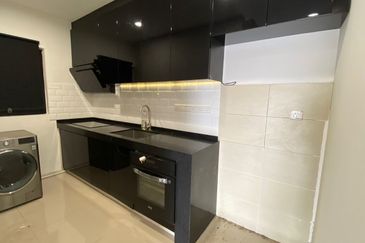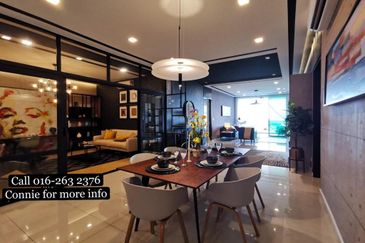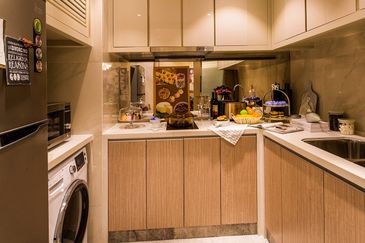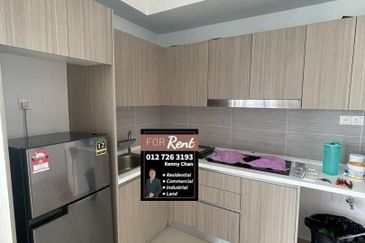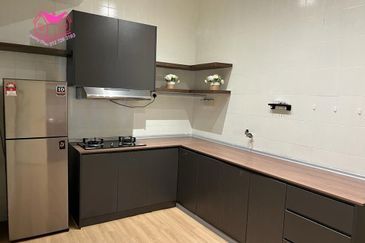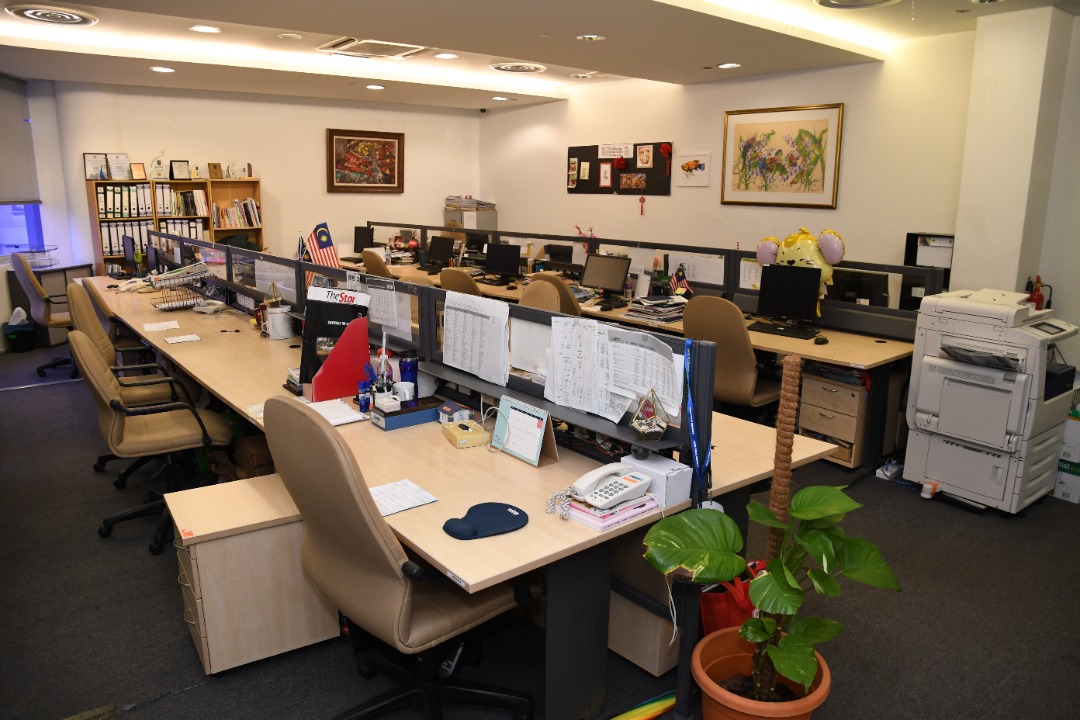
Guidance note on ventilation and indoor air quality (IAQ) for non-residential setting during Covid-19 pandemic by Ministry of Human Resources Malaysia and Ministry of Health
1. Introduction
Current evidence states that the SARS-CoV-2 virus is transmitted through close contact (distance less than one meter) between two individuals when aerosols or droplets containing the virus are inhaled or come directly into contact with the eyes, nose, or mouth of the person who is the close contact.
Transmission is also possible by in individuals touching surfaces that have been contaminated by the virus and subsequently touching their eyes, nose or mouth.
There is a possibility of the virus spreading in poorly ventilated or crowded indoor settings as the smaller aerosol droplets may remain suspended in the air or travel further than one meter.
Read: Covid is airborne, scientists urge for ventilation system overhaul to combat the pandemic
The “Three C’s” simplifies the setting descriptions where the virus is more easily transmitted. They are Crowded places, Close-contact settings and Confined spaces whereby the risk of COVID-19 spreading is especially high in places where these “3Cs” overlap.
Objective of this guidance is to guide public on improving ventilation and indoor air quality at the non-residential setting to reduce the risk of airborne transmission. It should be accompanied with the latest Standard Operating Procedures (SOP) established by Majlis Keselamatan Negara (MKN) and other key measures to reduce disease transmission, such as requiring building occupants to practice physical distancing, wearing masks, frequently washing hand, and carrying out regular disinfection of high-touch points within the building.
This guidance is developed based on Industry Code of Practice (ICOP) on Indoor Air Quality 2010 published by Department of Occupational Safety and Health (DOSH) and other established documents published by respective international organization and other countries on ventilation and indoor air quality during COVID-19 pandemic.
This guidance applies to premises which have mechanical ventilating and air conditioning (MVAC) system, air conditioning system without fresh air supply and natural ventilation. This guidance is one of the best practices to be implemented by those who are involved in reducing the transmission of COVID-19 virus through airborne.
Read: Act now before it’s too late - Poor indoor air ventilation kills

2. The Need for Ventilation Control in Non-Residential Settings
The SARS-CoV-2 viral particles spreads between people more readily indoors than outdoors as the concentration of viral particles is often higher indoors, where there is limited or a lack of air flow which may blow away the particles thus reducing the concentration of the virus in the air. It is thus imperative to ensure ventilation practices are protective and are able to assist in reducing the concentration of the virus in the premise. Where possible, the use of natural ventilation provides an effective and cost-efficient method of diluting the concentration of the virus in the air.
There is by far no established evidence on the spread of the SARS-CoV-2 through the ventilation systems although viral RNA has been detected in some ventilation systems yet it does not indicate actual transmission of the disease.
In view of the need to carry out multiple control strategies, addressing the issues on ventilation is of paramount importance especially in non-residential buildings. These premises may include workplaces in which employees spend a major part of their working day especially for those who work indoors as well as those who are the clients and customers of the establishments. Other non-residential areas include schools and universities, accommodation buildings, religious and commercial spaces.
Read: Urgent need on improving indoor air quality to fight Covid-19 – Dr Adeeba
3. Carrying out a Risk Assessment
It is known that the load of the virus potentially released in a building depends on the activities performed inside, the number of occupants and whether or not the occupants are wearing mask. It is of importance that a risk assessment be carried out to facilitate the implementation of relevant countermeasures and to assess the minimum ventilation rate per person. If it is not possible to improve the ventilation, then action must be taken to adjust the maximum building occupancy.
4. Guidance for Air-Conditioned Spaces with Mechanical Ventilation (Centralized Air Conditioning System)
As the transmission of SARS CoV-2 virus through the air is likely, the possible airborne exposure to the virus should be controlled in air-conditioned spaces. Hence, changes to building operations including the air-conditioning and mechanical ventilation systems can reduce air borne exposures.
a) Systems Evaluation
Carry out checks to ensure all components and controls of the Centralized Mechanical Ventilation Air-Conditioning (MVAC) system are maintained and functioning as per design.
i. The components include Chillers, pumps, Air Handling Unit (AHUs), Fan Coil Unit (FCUs), Controls, Sensors (Carbon monoxide, Carbon dioxide, Temperature, etc.) Variable Speed Drive (VSDs), intake and exhaust fans, chilled water and condenser water systems, air flow and circulation systems in ducting.
ii. It is advisable to increase outdoor fresh air ventilation by opening outdoor air dampers 100% in order to increase effective dilution ventilation per person. The recommendation from World Health Organization (WHO) is a minimum 10 L/s person of fresh air.
iii. Reduce occupant density in air-conditioned spaces.
iv. Checking filter seals to avoid bypass. Changing of filters according to the recommended maintenance frequency where it should be done during non-operation periods, with the MVAC system turned off.
b) Water Systems
In general, the building water system shall be flushed and maintained properly.
c) Inspect to ensure all MVAC system components like Chillers /AHUs/ FCUs/ polycyclic aromatic hydrocarbons (PAHUs), supply and exhaust fans daily for continuous operation especially in occupied spaces.
d) Filtration: Consider using Filters of MERV 13 or higher MERV value filters. Using this higher MERV filters shall take into consideration the capabilities of the MVAC systems.
e) Disable Demand Control Ventilation (DCV) where necessary.
f) Consider using sterilization /inhibition/ deactivation systems available in the market like Ultraviolet Germicidal Irradiation (UVGI), Ionizer, Photo-Catalytic Oxidation (PCO), Cold Plasma Bi-Polar Ionization, HEPA Filters, Low Density Engineered Ozone which can be installed in AHUs or ductwork which may be considered for added effectiveness.
g) Maintain Temperature parameter in the range 230C – 260 and Relative Humidity parameter in the range of 40% - 70%.
h) Flushing – consider air flushing before and after occupancy of the buildings. In the absence of a flushing system, operate the MVAC system with outdoor air intake before and after occupancy. This is to increase the air changes of the room spaces.
i) Stand-alone or portable air cleaners may be used where there is evidence of their effectiveness in reducing the possibility of exposure taking into consideration safety issues. Portable air cleaners can reduce the infection probability in a similar manner as increasing room air ventilation. If available, they should be operated whenever there are occupants in the premise. If there is only one available, it should be placed in the area where the most vulnerable people in the premise spend their time. If purchasing new devices, select one that use HEPA filters and have a high clean air delivery rate (CADR). In general, higher fan speeds and longer run times will increase the amount of air filtered.
j) Ensure the filters are installed correctly and well-sealed according to manufacturers’ recommendation- bypass undo the benefit of a higher efficiency filter.
k) Switch off rotatory heat changers or heat recovery wheels to reduce risk of carry- over leakage from exhaust air.
l) Install additional supply and/ or exhaust fans if the existing system does not deliver the sufficient outdoor air.
m) If the restroom is adjacent to an occupied space, ensure exhaust fan run continuously to keep the negative pressure relative to corridor or adjacent room.
Read: How do we prevent bad indoor air quality?
5. Guidance for Air-Conditioned Spaces without Mechanical Ventilation (Non-Centralized Air Conditioning System)
a) Increase room ventilation rate by the following:
i. As frequent as possible, open windows and doors to allow cross natural ventilation and to let fresh air into the space, unless outdoor air quality is poor
or weather does not permit. When windows and doors are open, usage of the air conditioning system should be kept at a minimum or turned off completely.
ii. Existing exhaust fans in places like toilets or kitchen, should be operated at maximum capacity. Operable windows and doors should be opened but the ones near the fans shall be closed to avoid air flow short circuiting.
iii. Installing an additional mechanical ventilation system which comprises of fresh air supply and/or stale air exhaust is highly recommended. The system ventilation rate shall comply with minimum requirements in Schedule 3 of the Uniform Building By-Laws Malaysia (latest edition) or 10 L/s per person; whichever higher. Furthermore, proper measures should also be considered to avoid mold growth due to introduction of excessive humid air into the space.
b) In conditions where the minimum recommended ventilation rate ‘10 L/s per person’ is not met, the number of persons permitted in the air-conditioned space shall be reduced accordingly.
c) Use of portable air cleaners with particle filters of MERV 13 may be considered as an additional measure to filter and clean indoor air. It also helps to remove suspended small airborne particles that can contain viruses. The sum of Clean Air Delivery Rate (CADR) of all portable air cleaners and measured space ventilation rate shall be higher than minimum recommended ventilation rate of the space (10 L/s per person). However, usage of portable air cleaner should not be the only measure taken for improving indoor air quality. Sufficient air ventilation is extremely crucial in maintaining good indoor air quality.
d) Regular surface cleaning according to the details in Annex 36 of ‘Garispanduan Pengurusan COVID-19: Garispanduan Pembersihan dan Disinfeksi di Tempat Awam’ issued by MOH should be carried out in addition to ventilation improvements and usage of air purifiers.
e) Sanitary pipe water seals should be checked regularly to avoid air leakage from the sanitary system into occupied space. Cracks in ducts, sanitary pipes and shared walls should also be rectified for this same reason.
6. Guidance for Natural Ventilated Spaces
a) Natural ventilation depends on outdoor conditions where temperature and wind are the main factors for a good ventilation. It can be limited nevertheless if the doors or windows are opened but the temperatures outside and inside are similar and at the same time, there is little wind flow.
b) Do not close windows or doors when people are occupying the area. Closing windows or doors will result in a low level of ventilation. However, do not open windows or doors if the weather condition does not allow it; or there is poor surrounding air quality; or the condition poses a safety and health risk to people inside.
c) To improve ventilation, purge the area as frequently as possible by opening all doors and windows completely especially when the area is not occupied.
d) Cross ventilation may be carried out by opening windows or doors at opposite sides of the area and keeping the internal doors open.
e) Using fans with in combination with the measures above can increase ventilation. Face the fan toward the windows or doors to blow air out; or away from the windows or doors to blow air into the area. Multiple fans can be used to push air out of one window or door and draw it in from another. For the use of a single fan, face it in the same direction the air is naturally moving. Observe the direction of the air as it may change at times (simple way to determine the direction by spot the movement of fabric/ curtain or by holding the light paper/ fabric). It may not be necessary to use a fan on windy days.
f) Do not direct the airflow of the fan directly from one person to another person as it can increase the risk of possible airborne transmission.
g) Consider using exhaust fans to increase ventilation. If there is an existing exhaust fan installed such as in the toilet or kitchen, refer to para. 5.a) ii.
Read: Guidance note on ventilation and indoor air quality for residential properties
Read: Guidance note on ventilation and indoor air quality for public areas
Read: Guidance note on ventilation and indoor air quality for healthcare facilities
Get the latest news @ www.EdgeProp.my
Subscribe to our Telegram channel for the latest stories and updates
TOP PICKS BY EDGEPROP
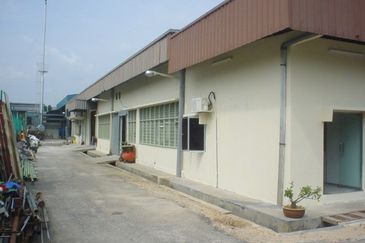
Kawasan Perindustrian MIEL
Batang Kali, Selangor
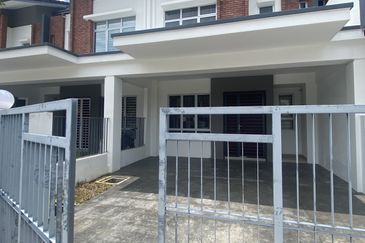
Livia @ Bandar Rimbayu
Telok Panglima Garang, Selangor
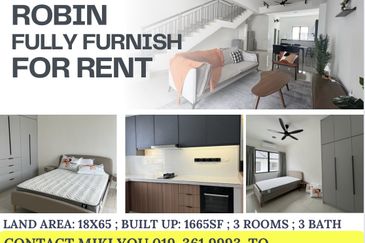
Robin @ Bandar Rimbayu
Telok Panglima Garang, Selangor
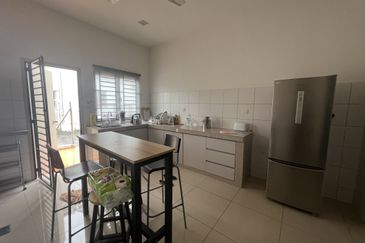
Penduline @ Bandar Rimbayu
Telok Panglima Garang, Selangor

Penduline @ Bandar Rimbayu
Telok Panglima Garang, Selangor
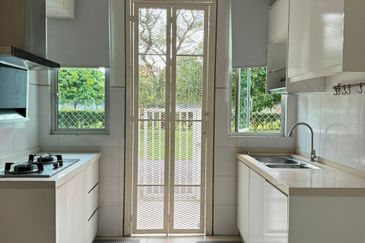
Chimes @ Bandar Rimbayu
Telok Panglima Garang, Selangor

Taman Tun Dr Ismail (TTDI)
Taman Tun Dr Ismail, Kuala Lumpur

Pangsapuri Akasia, Bandar Botanic
Bandar Botanic/Bandar Bukit Tinggi, Selangor
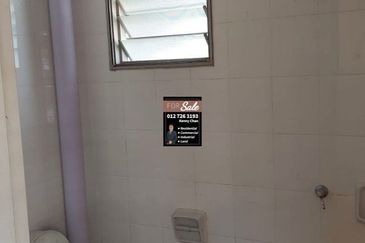
Pangsapuri Akasia, Bandar Botanic
Bandar Botanic/Bandar Bukit Tinggi, Selangor
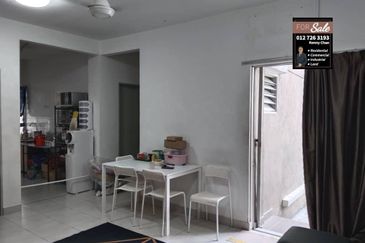
Pangsapuri Akasia, Bandar Botanic
Bandar Botanic/Bandar Bukit Tinggi, Selangor

